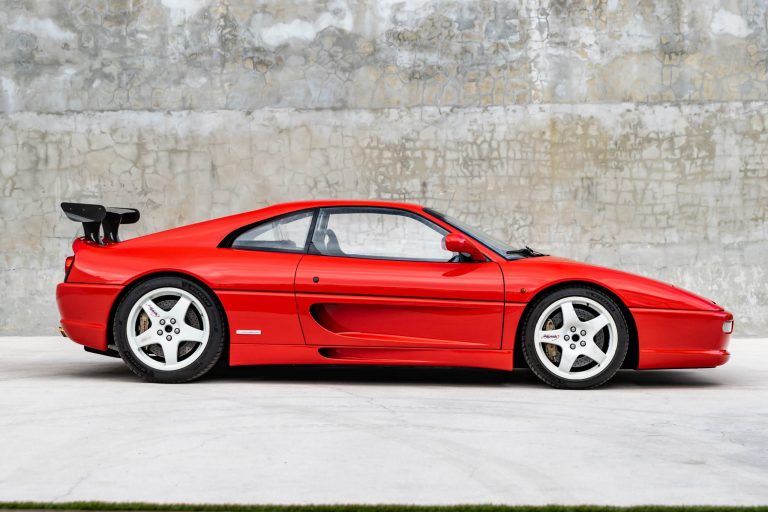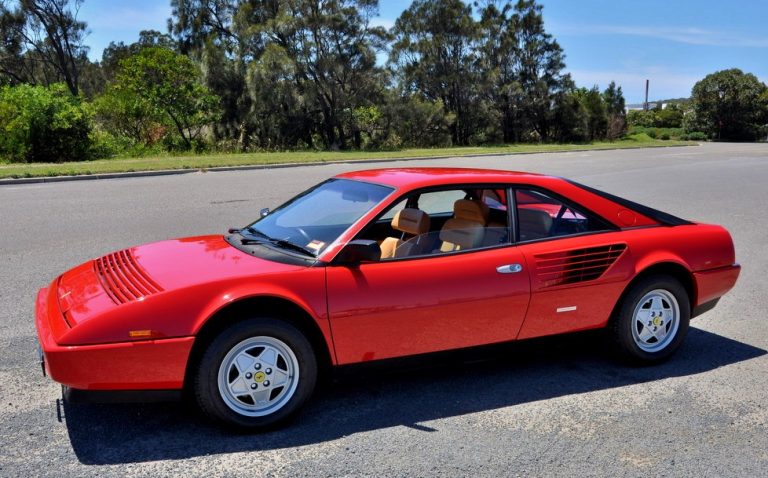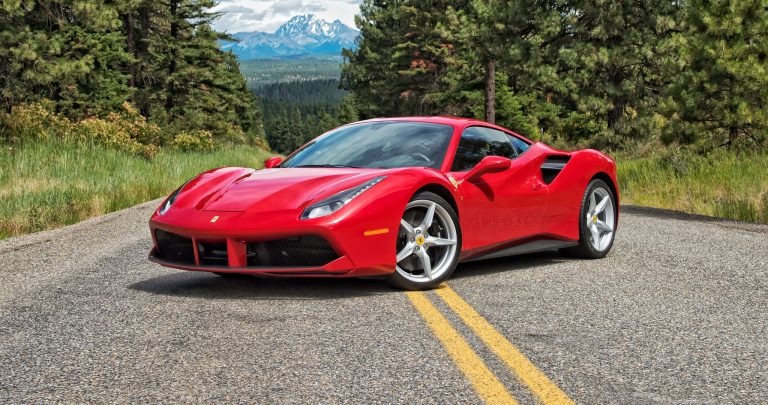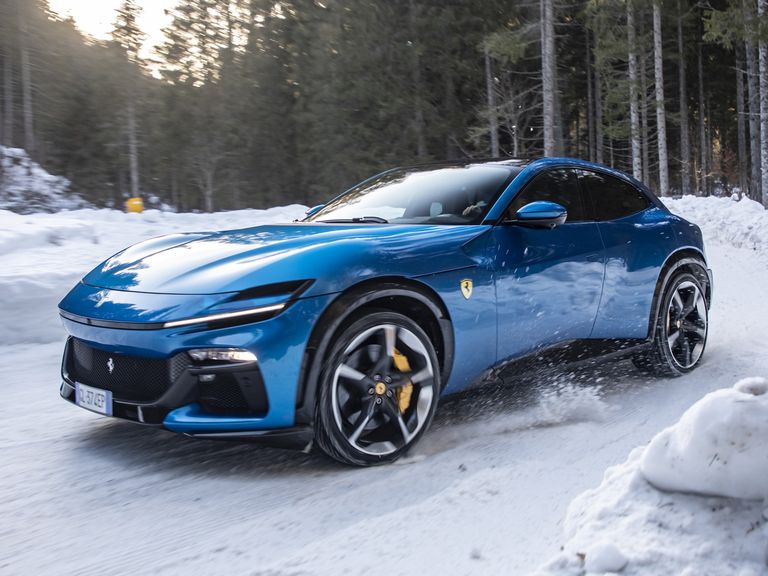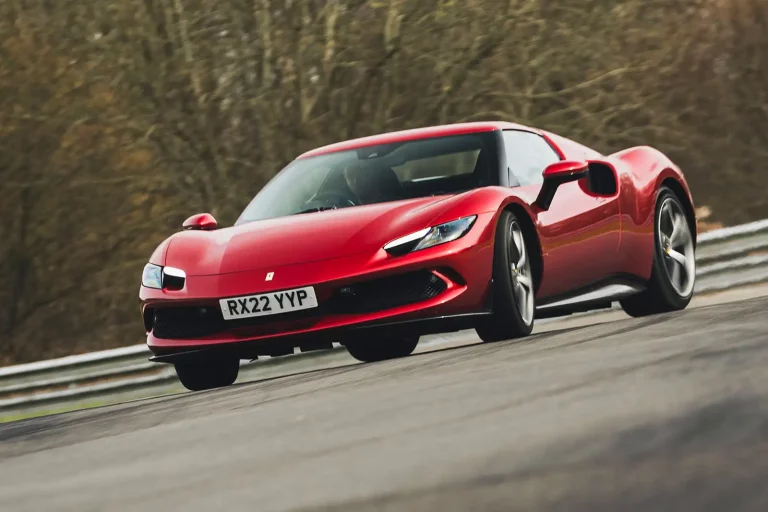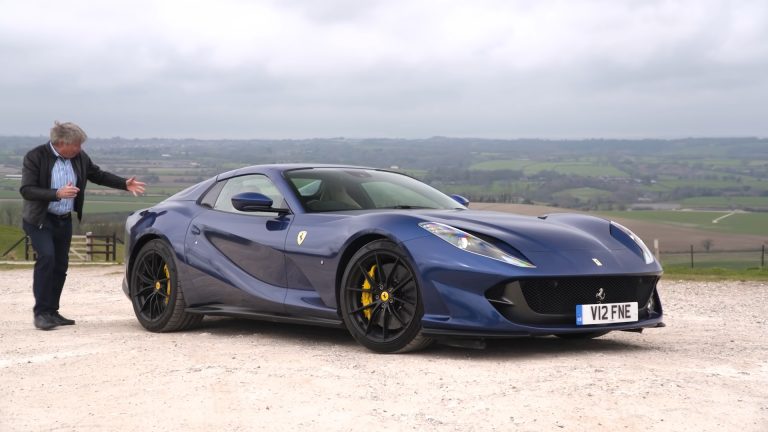Ferrari 195 Inter Specs, Price And Performance
The Ferrari 195 Inter stands as a remarkable example of classic automotive design and engineering. Introduced in the early 1950s, this grand tourer marks Ferrari’s commitment to luxury and performance. In this review, we look into the 195 Inter’s distinctive features, from its elegant styling and robust V12 engine to its racing pedigree and historical significance. We’ll see what makes this model a cherished collectible and examine its impact on the evolution of Ferrari’s road cars.
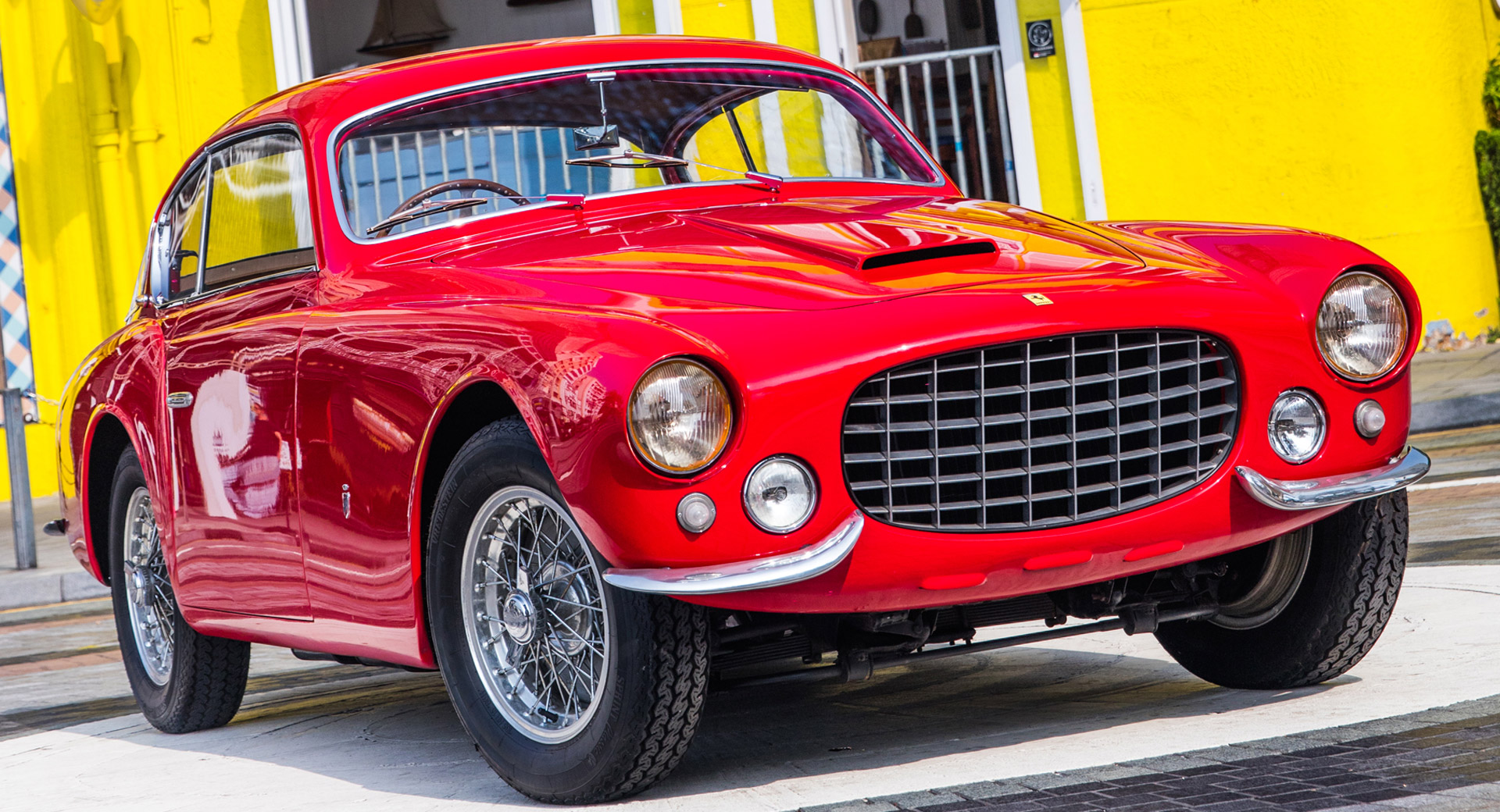
A Complete Ferrari 195 Inter Review
Here is a detailed review of the Ferrari 195 Inter, examining its design, performance, and historical significance.
1. Historical Significance of the Ferrari 195 Inter
The Ferrari 195 Inter’s historical significance lies in its role as a bridge between two things:
- A Grand Touring successor to a racing Ferrari: It was essentially a more luxurious and comfortable version of the Ferrari 195 S racing car. This concept of a high-performance, road-going Ferrari for discerning clientele is a cornerstone of the Ferrari brand today.
- A stepping stone to future Ferrari models: While the 195 Inter’s production run was short (only 27 cars in 1950), it paved the way for the successful Ferrari 212 Inter introduced the following year. The 212 Inter became a much more popular model and solidified the concept of the powerful Ferrari grand tourer.
Here’s a breakdown of the 195 Inter’s significance:
- Birth of the Ferrari Grand Tourer (GT): The 195 Inter was one of the first Ferraris designed specifically for grand touring, offering a combination of speed, style, and comfort for long-distance driving. This focus on creating luxurious high-performance cars became a defining characteristic of Ferrari.
- Showcasing Ferrari’s Engineering Prowess: Even as a GT car, the 195 Inter retained the core of Ferrari’s racing DNA. Its engine was derived from the 195 S racer, showcasing Ferrari’s ability to adapt racing technology for the road.
- Collaboration with Renowned Coachbuilders: Different coachbuilders like Vignale, Ghia, Touring, and Motto created bodies for the 195 Inter chassis. This collaboration resulted in a variety of stunning and unique designs, further adding to the exclusivity and charm of the car.
2. Ferrari 195 Inter Design and Style
Exterior Features
Coachbuilding Variance: The Ferrari 195 Inter was notable for its diverse range of body styles, which varied significantly from one car to the next, depending on which coachbuilder fashioned the body. Coachbuilders such as Ghia, Vignale, and Touring crafted the exteriors, each bringing their unique artistic vision to the design. This resulted in variations that included sleek coupes and more stately berlinettas.
Classic Styling Cues: Despite the variation in body styles, common styling cues included long, flowing lines that emphasized the car’s elegance and speed. The front typically featured the distinctive Ferrari grille, which was both functional for airflow and stylistic, setting the tone for Ferrari’s design language in the 1950s.
Materials and Construction: Lightweight materials such as aluminum were often used for the body panels to reduce weight and improve performance. The attention to aerodynamics in the design helped to enhance the car’s handling and speed capabilities.
Interior Style
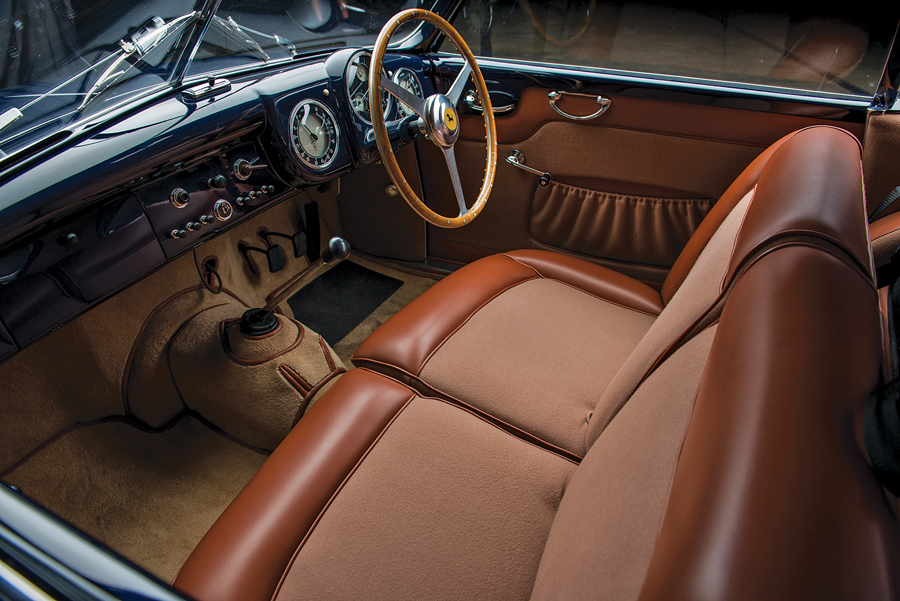
Luxury: The interior of the 195 Inter was as bespoke as its exterior. Interiors were typically trimmed with high-quality materials, including fine leathers and exotic woods, reflecting the luxury status of the vehicle. Each interior could be customized to the owner’s specifications, allowing for personalized color schemes and material choices.
Driver-Focused Cockpit: The layout of the interior was driver-focused, typical of sports cars of the era, with essential gauges and controls within easy reach. The instrumentation was comprehensive for its time, providing the driver with detailed feedback on the car’s performance.
Comfort and Elegance: Despite its sporting intentions, the interior of the 195 Inter did not compromise on comfort. Seats were designed to be supportive during spirited driving while also providing comfort for longer journeys. The use of plush materials and meticulous craftsmanship ensured that the cabin was both inviting and functional.
3. Ferrari 195 Inter Performance
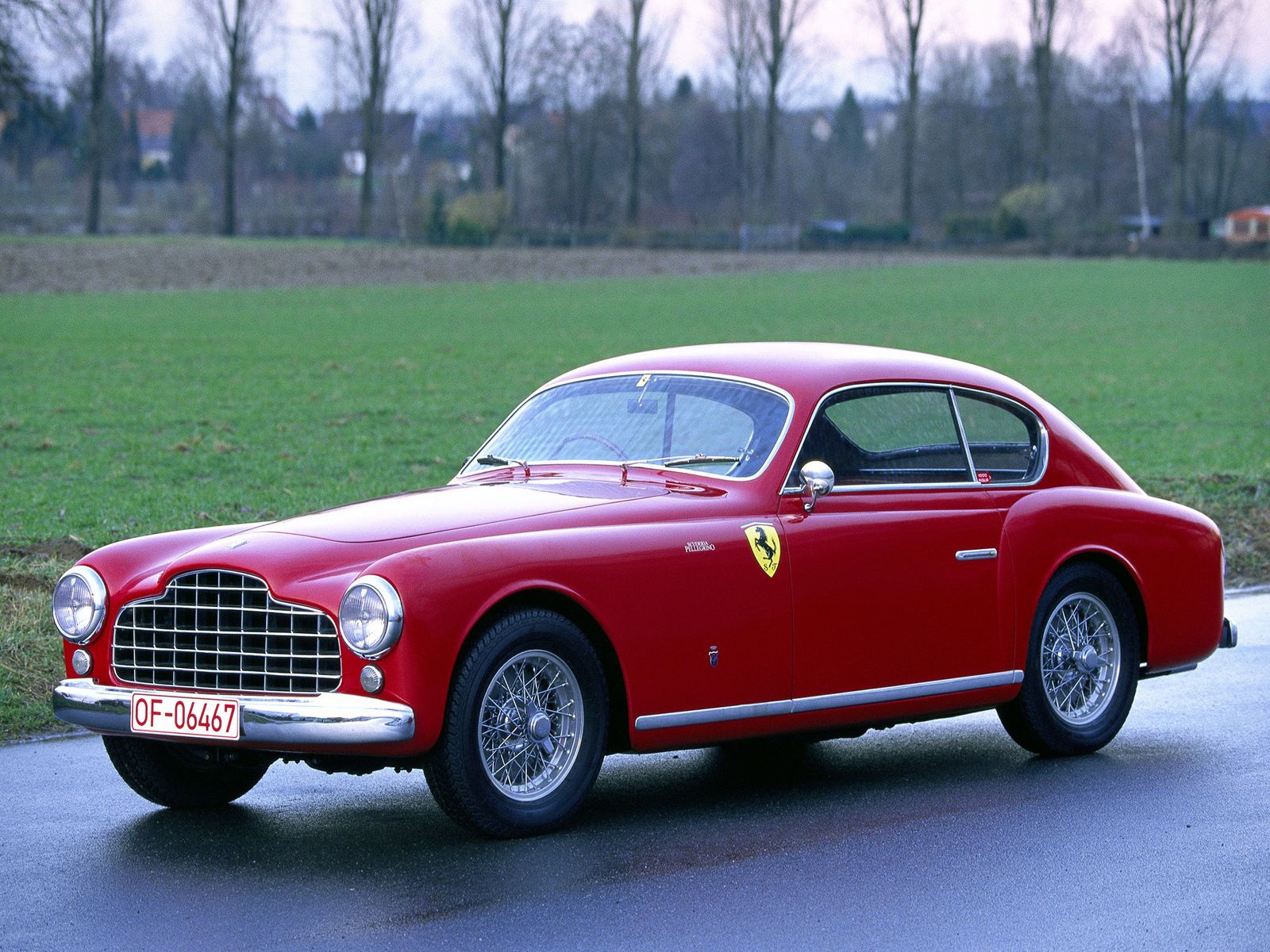
Engine
The Ferrari 195 Inter was powered by a 2.3-liter V12 engine, an advancement from its predecessor, producing a significant 130 horsepower. This robust engine, designed by Gioacchino Colombo, featured a single overhead camshaft, optimizing performance and reliability in road conditions.
Horsepower
Delivering approximately 130 horsepower, the 195 Inter’s V12 engine provided a smooth and powerful driving experience. The refined power output allowed the car to perform vigorously, with enough force to handle spirited driving sessions and demonstrate its grand touring capabilities.
Acceleration
Given its power output and era, it’s reasonable to estimate that the Ferrari 195 Inter could accelerate from 0 to 60 mph in the vicinity of 10 to 12 seconds. This estimate considers the vehicle’s power-to-weight ratio and technological capabilities during the early 1950s. Such performance would have been quite competitive at the time, reflecting Ferrari’s strong racing heritage and focus on high-performance vehicles.
Top Speed
The 195 Inter reached a top speed of about 110 mph, a notable figure for luxury sports cars of the early 1950s. This speed underlined Ferrari’s commitment to integrating high-performance characteristics with the sophistication and elegance expected of a grand tourer.
4. Ferrari 195 Inter Price
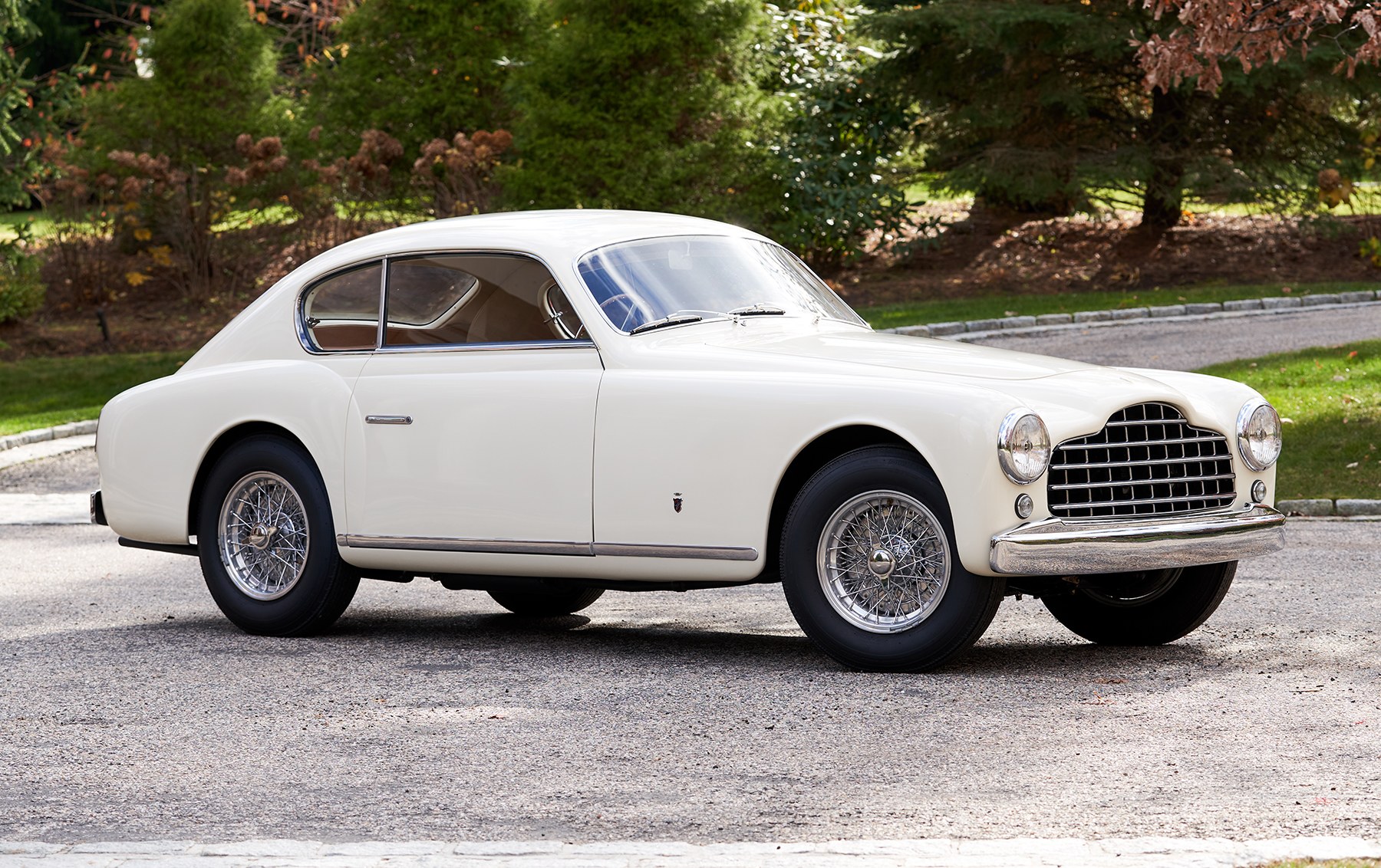
As of current market trends, a Ferrari 195 Inter can fetch significant sums at auction, often ranging from $1 million to $2 million, depending on its condition, provenance, and the specific details of its coachbuilder and original ownership. The value reflects the car’s status as one of Ferrari’s early road cars and its limited production run of only about 27 units, making it a prized possession for classic car collectors worldwide.
5. Technical specifications of the Ferrari 195 Inter
- Engine Type: Naturally aspirated V12
- Displacement: 2,341 cc (2.3 liters)
- Configuration: Front-engine, rear-wheel drive
- Engine Design: Designed by Gioacchino Colombo
- Cylinder Bore: 65 mm
- Stroke: 58.8 mm
- Compression Ratio: 7.5:1
- Maximum Power: 130 horsepower at 6,000 rpm
- Type: Manual transmission
- Gears: 5-speed gearbox
- Top Speed: Approximately 110 mph (177 km/h)
- Acceleration: Specific acceleration times are not well-documented, but the car was known for brisk and responsive acceleration characteristics.
- Construction: Tubular steel frame
- Body Styles: Various, including coupes and berlinettas, styled by renowned coachbuilders such as Ghia, Vignale, and Touring.
- Front Suspension: Independent, coil springs
- Rear Suspension: Live axle, semi-elliptic leaf springs
- Brakes: Drum brakes on all four wheels
- Wheelbase: 2,500 mm
- Wheels: Wire-spoked wheels fitted with period-correct tires
- Length: Varies with coachbuilder design
- Width: Varies with coachbuilder design
- Height: Varies with coachbuilder design
- Curb Weight: Approximately 1,100 kg (2,425 lbs)
6. Owning A Ferrari 195 Inter: Pros And Cons
Here’s a breakdown of the pros and cons to help you weigh your options:
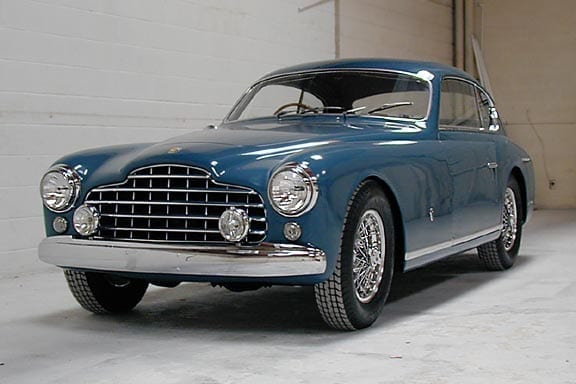
Pros:
- Investment Potential: Classic Ferraris like the 195 Inter are rare and highly sought-after, making them potential investments that can appreciate in value over time.
- Historical Significance: Owning a piece of automotive history is a privilege. The 195 Inter played a crucial role in shaping Ferrari’s future.
- Exclusivity: With only 27 ever built, the 195 Inter is an incredibly rare car. Owning one guarantees exclusivity and entrance into a very select club of collectors.
- Unparalleled Style: The 195 Inter’s design, crafted by legendary coachbuilders, is timeless and breathtaking.
- Thrilling Driving Experience: Even by today’s standards, the 195 Inter offers a thrilling and engaging driving experience.
Cons:
- Extremely High Cost: As discussed earlier, the price tag for a 195 Inter is easily in the millions of dollars.
- Maintenance Costs: Upkeep for such a rare and valuable car is no small feat. Parts can be scarce and expensive, and finding mechanics qualified to work on it can be challenging.
- Limited Practicality: The 195 Inter wasn’t designed for everyday use. Its comfort features are modest compared to modern cars, and fuel efficiency likely isn’t great.
- Insurance Costs: Insuring a multi-million dollar classic car can be very expensive.
- Security Concerns: Owning such a valuable car comes with the constant worry of theft or damage.
Frequently Asked Questions
Is Ferrari 195 Inter a valuable investment?
Yes, the Ferrari 195 Inter is considered a prime investment in the vintage car market due to its rarity, rich history, and preserved state. Its market value typically surpasses its competition because it’s deemed an iconic collector’s piece.
How has Ferrari 195 Inter’s value trended over time?
The value of Ferrari 195 Inter has been increasing over the years. This trend can be attributed to its scarcity, well-documented history, and the state of preservation, that make it a coveted collector’s item.
What makes Ferrari 195 Inter unique compared to its rivals?
Unlike its competitors, the Ferrari 195 Inter offers a unique blend of art and engineering. Its elegant design, potent V12 engine, and rich racing heritage set it apart.
Can anyone attest to the Ferrari 195 Inter’s performance?
Yes, races like the 1951 Brescia-Rome-Brescia event have showcased Ferrari 195 Inter’s robust design and durability, solidifying its position as a classic car worth making an investment in.
What are the restoration efforts for Ferrari 195 Inter?
Restoration efforts by collectors like Lord Brocket and Peter Markowski have preserved the car’s historical essence and authenticity, adding to its charm and value.

Hi! I’m Larry Gibbs, studying mechanical engineering with a focus on cars. I really love Ferraris and write blog posts about the latest car stuff. When not studying or blogging, I’m usually on a road trip exploring new places. I also enjoy playing football and watching movies. Life’s an adventure, and I’m all about enjoying the ride!

